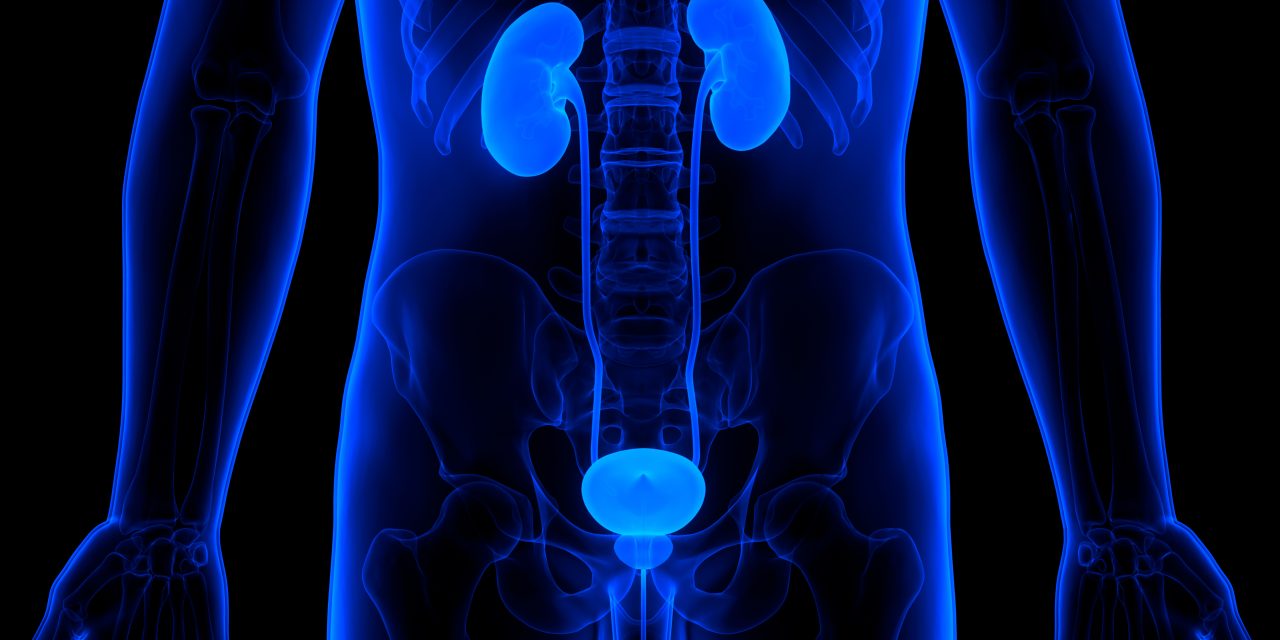To compare the effect of a contrast-enhanced (CE) agent on volumetric-modulated arc therapy plans based on four types of images-virtual monochromatic images (VMIs) captured at 70 and 140 keV (namely VMI and VMI, respectively), water density image (WDI), and virtual non-contrast image (VNC) generated using a dual-energy computed tomography (DECT) system. A tissue characterization phantom and a multi-energy phantom were scanned, and VMI, VMI, WDI, and VNC were retrospectively reconstructed. For each image, a lookup table (LUT) was created. For 13 patients with nasopharyngeal cancer, non-CE and CE scans were performed, and volumetric-modulated arc therapy plans were generated on the basis of non-CE VMI. Subsequently, the doses were re-calculated using the four types of DECT images and their corresponding LUTs. The maximum differences in the physical density estimation were 21.3, 5.2, -3.9, and 0.5% for VMI, VMI, WDI, and VNC, respectively. Compared with VMI, the WDI approach significantly reduced (p < 0.05) the dosimetric difference due to the CE agent for the planning target volume (PTV) (D), whereas the difference was significantly increased for D. Except for PTV (D), the differences were significantly lower (p < 0.05) in the treatment plans based on VMI and VNC than that based on VMI. For the VNC, the mean difference was less than 0.2% for all dosimetric parameters for the PTV. For patients with NPC, treatment plans based on the VNC derived from CE scan showed the best agreement with those based on the non-CE VMI. Ideally, the effect of CE agent on dose distribution does not appear in treatment planning procedures.Copyright © 2021 American Association of Medical Dosimetrists. Published by Elsevier Inc. All rights reserved.
Dual-energy computed tomography image-based volumetric-modulated arc therapy planning for reducing the effect of contrast-enhanced agent on dose distributions.


